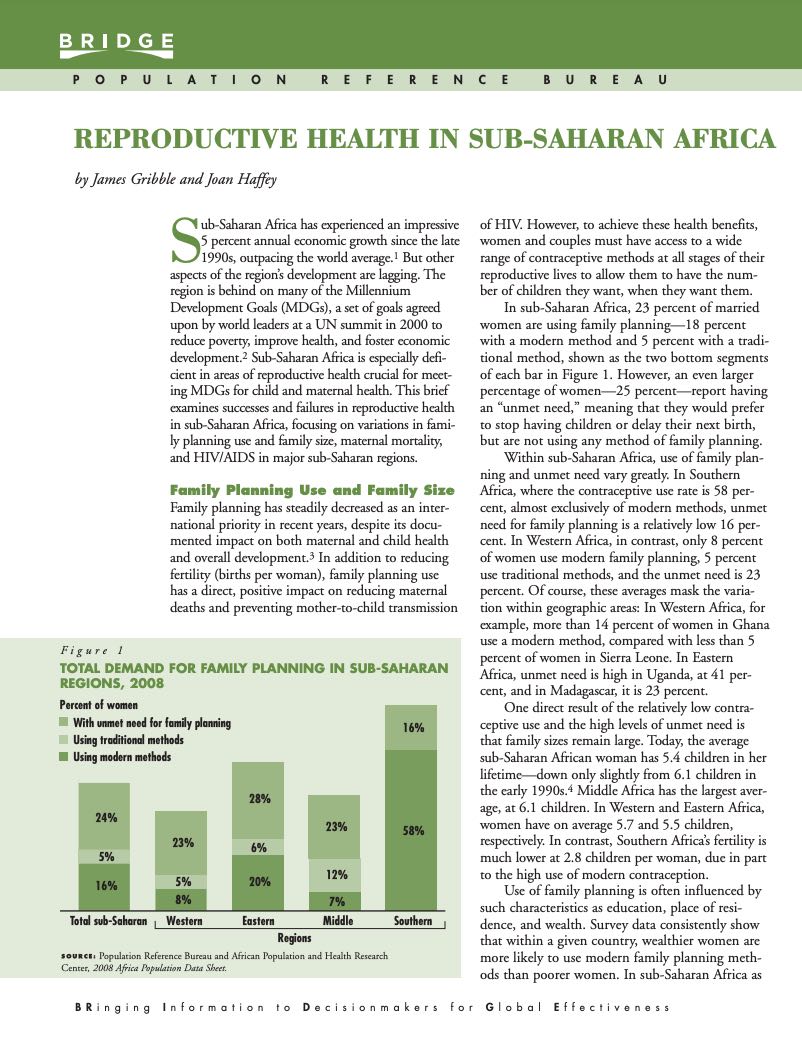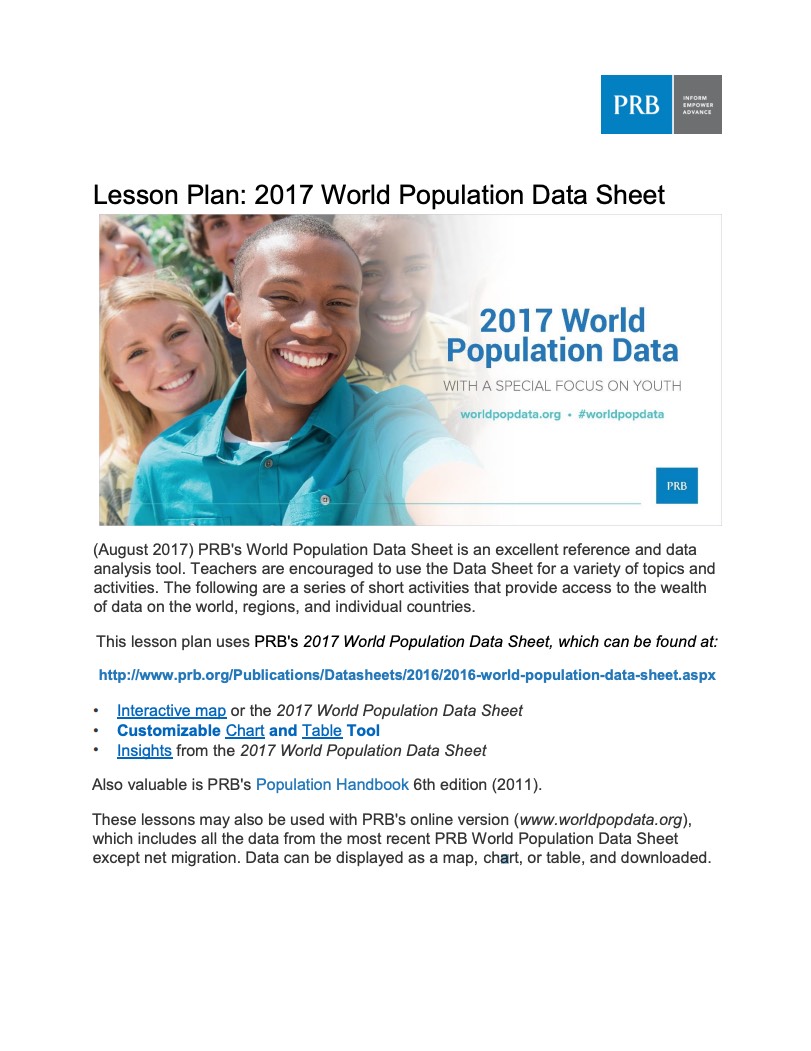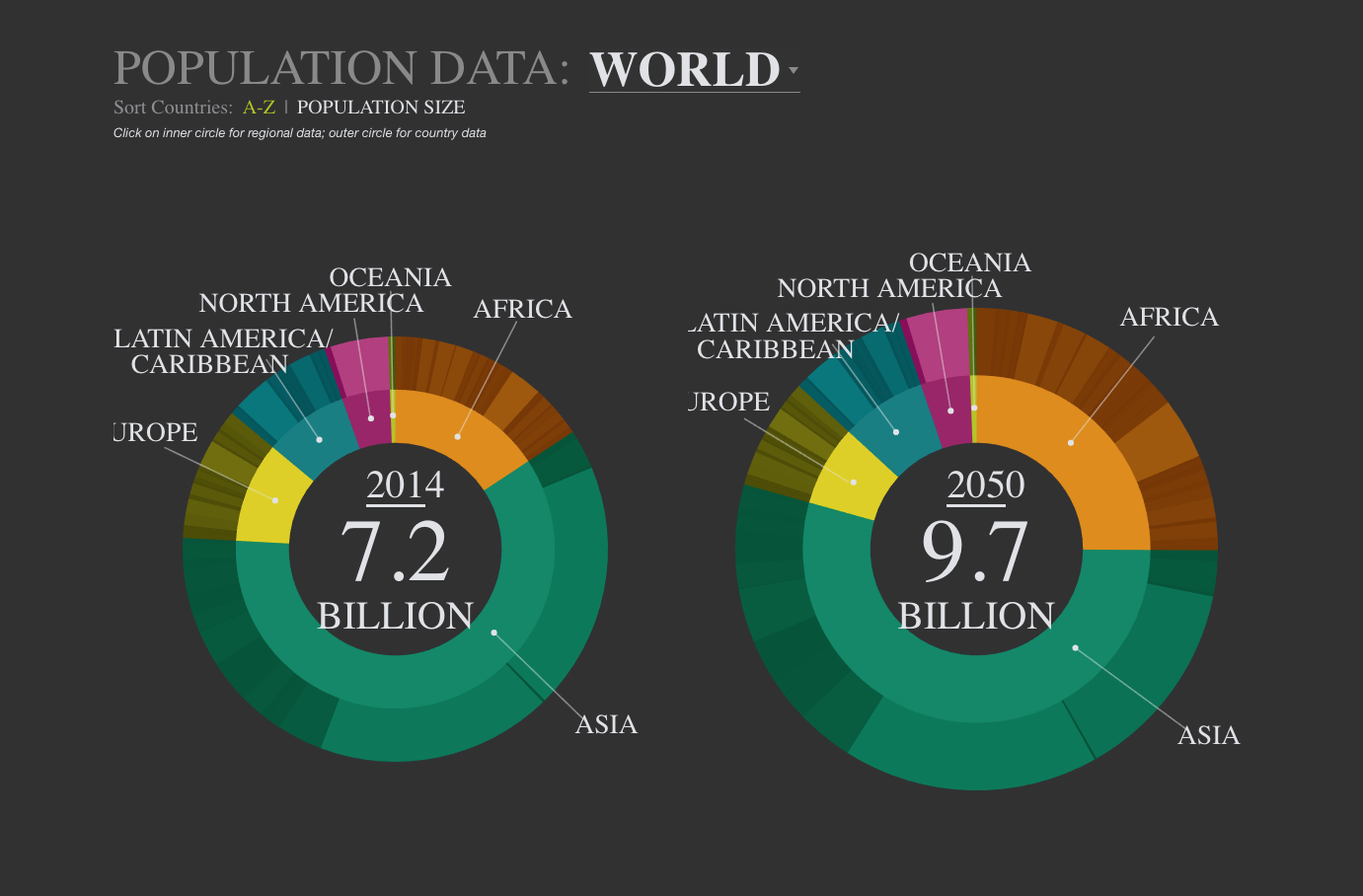Quick Facts: America at 300 Million
(2006) The United States is set to reach a milestone in October. Joining China and India, it will become the third country to be home to at least 300 million people.
(2006) The United States is set to reach a milestone in October. Joining China and India, it will become the third country to be home to at least 300 million people.
(2002) The Middle East and North Africa (MENA)* is the most water-scarce region of the world. Home to 6.3 percent of the world's population, the region contains only 1.4 percent of the world's renewable fresh water.
(2007) This is part of a series of PRB articles about the science and engineering (S&E) workforce in the United States, funded by the Alfred P. Sloan Foundation. Additional state-level data on the S&E labor force will be available this spring, in PRB’s 2007 U.S. Population Data Sheet.
(2010) A lack of basic education in childhood is linked poorer health, fewer job opportunities, and decreased political participation later in life.
(2009) Recent political developments in Iran highlight the country's demographic and social shifts over the past 20 years. One in three Iranians is between the ages of 15 and 29.
(2008) Millions of people live in poverty in Latin America, and many young people often face few prospects for a bright future.

Project: BRIDGE: Bringing Information to Decisionmakers for Global Effectiveness
(2008) Sub-Saharan Africa has experienced an impressive 5 percent annual economic growth since the late 1990s, outpacing the world average.

Project: PACE: Policy, Advocacy, and Communication Enhanced for Population and Reproductive Health
(December 2002) Despite major gains in child survival in the last 25 years, more than 10 million children around the world die each year before age 5, often from diseases and conditions that are preventable or easily treated.

Project: PACE: Policy, Advocacy, and Communication Enhanced for Population and Reproductive Health
PRB's Digital Visualization highlights key global demographic trends. Explore current and projected population by region and country. And look at changes in total fertility, infant mortality, and life expectancy since 1970. A U.S. "What-If" scenario focuses on the effects of race and ethnicity on child poverty, child obesity, and college degrees.